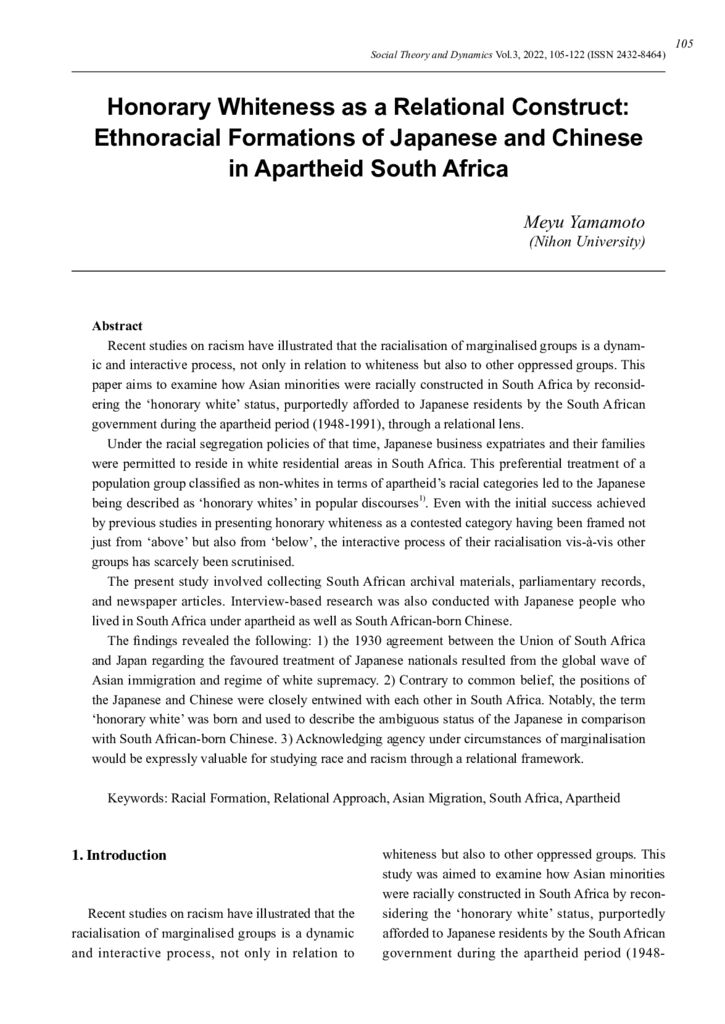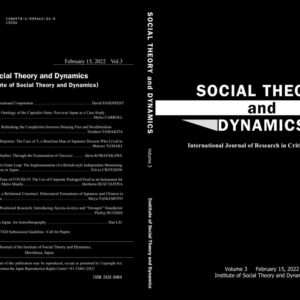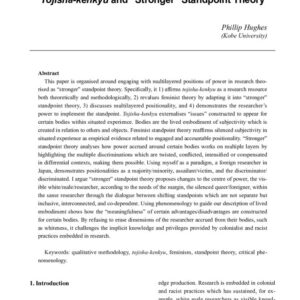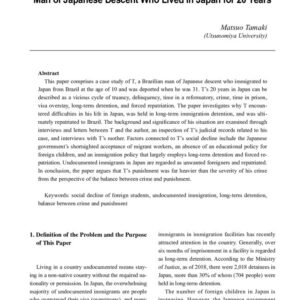Description
Recent studies on racism have illustrated that the racialisation of marginalised groups is a dynamic and interactive process, not only in relation to whiteness but also to other oppressed groups.
This paper aims to examine how Asian minorities were racially constructed in South Africa by reconsidering the ‘honorary white’ status, purportedly afforded to Japanese residents by the South African government during the apartheid period (1948-1991), through a relational lens.
Under the racial segregation policies of that time, Japanese business expatriates and their families were permitted to reside in white residential areas in South Africa.
This preferential treatment of a population group classified as non-whites in terms of apartheid’s racial categories led to the Japanese being described as ‘honorary whites’ in popular discourses1).
Even with the initial success achieved by previous studies in presenting honorary whiteness as a contested category having been framed not just from ‘above’ but also from ‘below’, the interactive process of their racialisation vis-à-vis other groups has scarcely been scrutinised.
The present study involved collecting South African archival materials, parliamentary records, and newspaper articles.
Interview-based research was also conducted with Japanese people who lived in South Africa under apartheid as well as South African-born Chinese.
The findings revealed the following: 1) the 1930 agreement between the Union of South Africa and Japan regarding the favoured treatment of Japanese nationals resulted from the global wave of Asian immigration and regime of white supremacy.
2) Contrary to common belief, the positions of the Japanese and Chinese were closely entwined with each other in South Africa.
Notably, the term ‘honorary white’ was born and used to describe the ambiguous status of the Japanese in comparison with South African-born Chinese.
3) Acknowledging agency under circumstances of marginalisation would be expressly valuable for studying race and racism through a relational framework.




